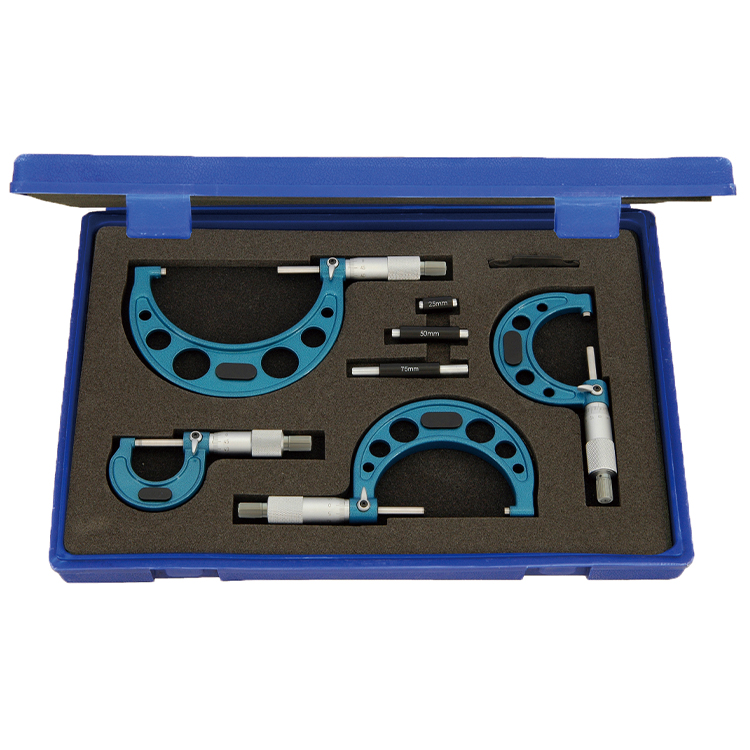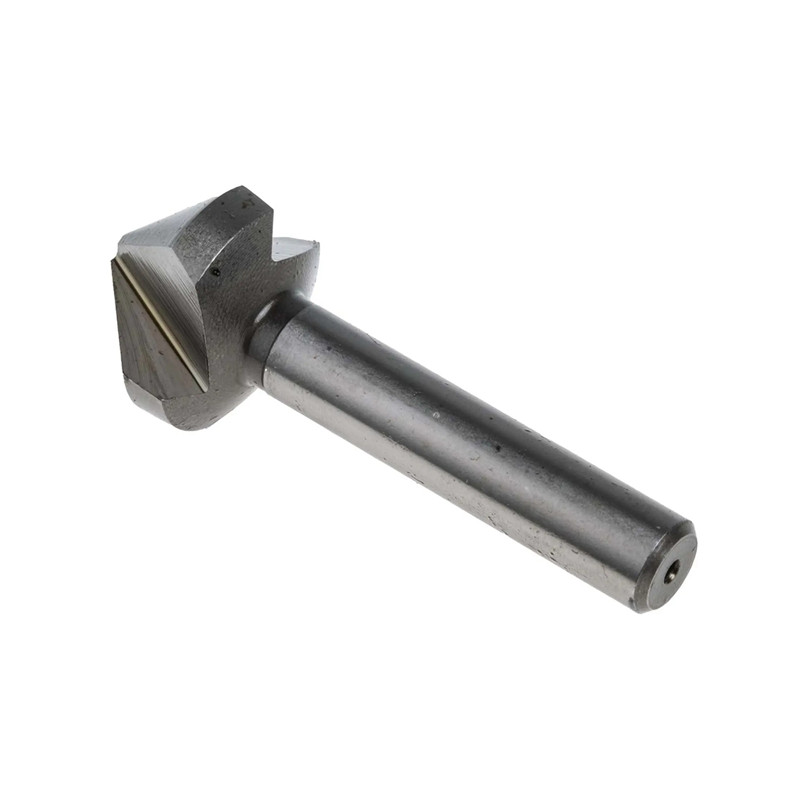This guide provides a detailed overview of V blocks, exploring their various applications, types, and considerations for optimal use. We’ll delve into the specifics of different V block designs, offering practical advice and real-world examples to help you choose the right V block for your needs. Whether you’re a seasoned machinist or a DIY enthusiast, this comprehensive resource will equip you with the knowledge to effectively utilize V blocks in your projects.

What are V Blocks?
V blocks are precision-machined components typically made from hardened steel or cast iron. Their defining feature is the V shaped groove running along their length. This groove is designed to securely hold cylindrical workpieces, providing a stable base for machining, measuring, or other operations. The precise angle of the V ensures consistent contact and prevents the workpiece from rolling. The design allows for easy workpiece insertion and removal, while maintaining a firm grip.

Types of V Blocks
Standard V Blocks
Standard V blocks are the most common type, featuring a single V groove. They are versatile and suitable for a wide range of applications, from simple holding to precise measurement. Many manufacturers offer standard V blocks in various sizes to accommodate different workpiece diameters. The quality of the machining significantly impacts the accuracy and stability offered by the V block. Consider factors like material hardness and surface finish when choosing a standard V block.
Adjustable V Blocks
Adjustable V blocks offer greater flexibility, allowing you to accommodate a wider range of workpiece diameters. They typically feature a clamping mechanism that adjusts the width of the V groove. This makes them ideal for situations where you are working with multiple workpieces of varying sizes. However, the added mechanism can sometimes compromise the rigidity of the V block compared to a fixed design.
V Block Sets
V block sets usually include two V blocks and a clamping device. This configuration provides a more secure and stable platform for holding cylindrical workpieces, particularly when performing operations requiring precise alignment. The clamping device can be a simple bolt or a more sophisticated mechanism designed to provide even pressure distribution across the workpieces.
Choosing the Right V Block
Selecting the appropriate V block depends on several factors including the workpiece material, size and shape, the type of operation, and the required precision. The material of the V block itself is important; hardened steel offers superior durability and wear resistance compared to cast iron. Consider the required accuracy of your application when choosing a V block; higher precision applications warrant V blocks with tighter tolerances.
Applications of V Blocks
V blocks find applications across numerous industries and workshops. They’re frequently used in:
- Machining: Providing a stable base for turning, milling, and grinding cylindrical workpieces.
- Measurement: Facilitating precise measurements of diameter, length, and other parameters.
- Inspection: Aiding in the inspection and quality control of cylindrical parts.
- Welding: Providing a secure support for welding cylindrical components.
- Assembly: Assisting in the assembly and alignment of cylindrical parts.
Safety Precautions
Always ensure the workpiece is securely clamped in the V block before commencing any operation. Wear appropriate safety equipment, such as safety glasses, when using V blocks and machinery. Regularly inspect your V blocks for damage or wear. Replace any damaged or worn components to maintain accuracy and safety. Improper use can lead to accidents; always consult the manufacturer’s instructions for specific safety guidelines.
Where to Buy V Blocks
High-quality V blocks are available from various industrial suppliers and online retailers. For a wide selection and reliable service, consider checking out reputable suppliers in your area or searching online for V blocks. You can find various brands and types to suit your specific requirements. Remember to check reviews and compare prices before purchasing.
For further information on precision tools and equipment, explore resources available at Wayleading Tools. They offer a diverse range of tools to support your projects.
Post time: Jun-04-2025




